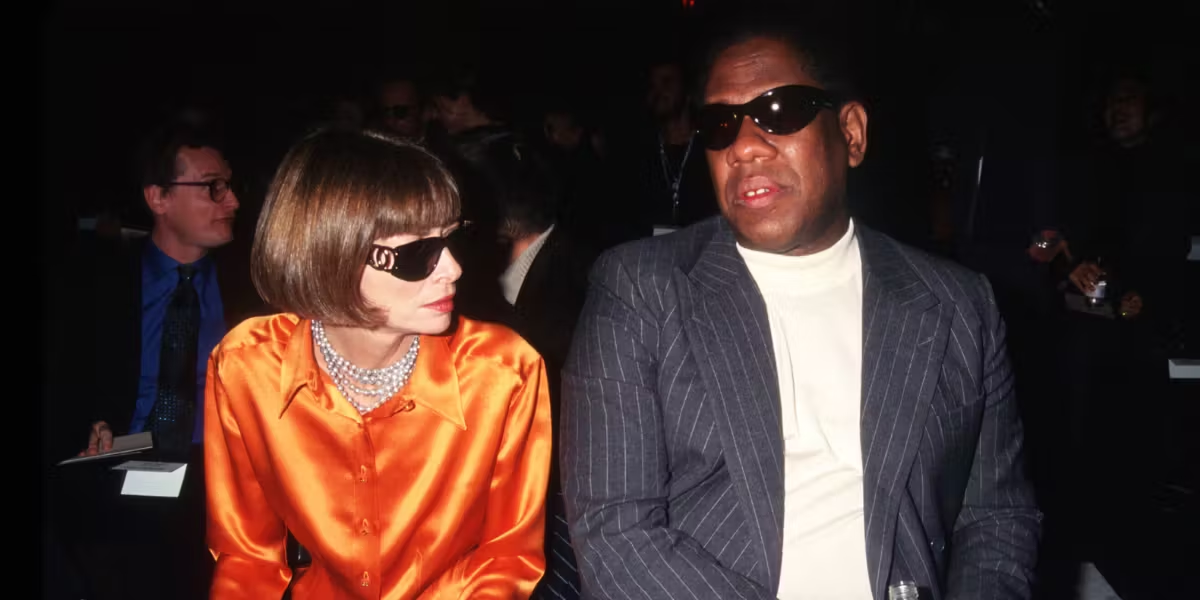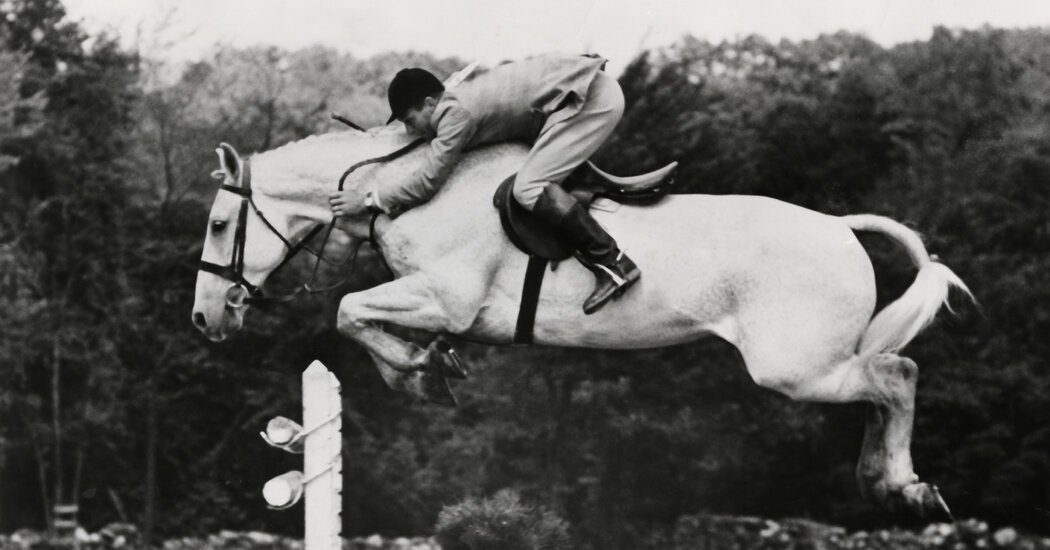In an age dominated by fleeting TikTok trends, fast fashion cycles, and a digital overload of influencer content, one name continues to command unmatched authority in the world of style: Vogue. For over a century, this iconic publication has been the gold standard for fashion journalism, cultural commentary, and trendsetting editorial. As the media landscape has shifted from print to pixels, Vogue has not only adapted but also elevated its position as a leader in fashion media.
This isn’t just about glossy covers and high-end couture—Vogue represents a lifestyle, a movement, and a voice that transcends fashion weeks and seasonal collections. Today, we dive deep into what makes Vogue such a powerhouse, and why it remains a critical beacon in modern media.
A Century of Style and Substance
Founded in 1892, Vogue began as a weekly newspaper covering New York’s high society before evolving into the global fashion magazine we know today. Its transformation was gradual but groundbreaking. Under the leadership of legendary editors like Diana Vreeland and Anna Wintour, Vogue expanded its vision beyond hemlines and hairstyles to embrace politics, social change, art, and technology.
Vogue’s editorial legacy lies in its ability to capture the zeitgeist—those elusive moments that define a generation’s identity. From civil rights to gender expression, the magazine has never shied away from weaving social commentary into its fashion spreads. That commitment to relevance is what keeps Vogue at the forefront, even in a time when readers have more media options than ever before.
Vogue in the Digital Age
As fashion turned digital, Vogue didn’t just keep up—it led the way. Today, Vogue operates as a global network, with regional editions spanning the UK, France, Italy, Japan, India, and beyond. Each edition brings its own unique flavor to the table, tailored to local cultures while maintaining the brand’s global identity.
The British version of Vogue, available through Vogue.co.uk, is a masterclass in how to blend tradition with innovation. With cutting-edge fashion news, exclusive celebrity features, and thoughtful opinion pieces, Vogue UK has carved out its own corner in the digital fashion space. The site offers real-time updates from fashion weeks, behind-the-scenes glimpses of editorial shoots, and beauty tips from industry pros—all wrapped in the publication’s signature tone of elegance and intellect.
Vogue’s digital presence also extends to video content, social media, and podcasts, allowing it to reach audiences on their preferred platforms. From “73 Questions” with celebrities to YouTube fashion diaries, the brand knows how to keep users engaged across every touchpoint.
More Than Just a Magazine
One of the reasons Vogue remains so influential is that it’s no longer just a magazine—it’s a full-fledged brand. The annual Met Gala, for example, is essentially Vogue’s glamorous gift to the fashion world. Hosted by Anna Wintour, the event blends high fashion, philanthropy, and pop culture into a red-carpet spectacle that trends globally every year.
In addition, Vogue plays a significant role in supporting emerging designers. Through platforms like the Vogue Fashion Fund and global talent showcases, the magazine helps nurture the next generation of industry leaders. These initiatives are vital in ensuring fashion continues to innovate and evolve, offering a launchpad for creativity that stretches far beyond mainstream visibility.
Cultural Commentary with a Stylish Twist
What separates Vogue from other fashion platforms is its cerebral approach. Yes, it covers what’s hot on the runway, but it also delves into what those trends mean. Whether it’s exploring sustainability in fashion, dissecting the rise of genderless clothing, or spotlighting marginalized voices, Vogue offers readers substance beneath the style.
Vogue has also become a vital space for discussing beauty standards and representation. By featuring models and creatives from diverse backgrounds, the magazine challenges outdated norms and presents a more inclusive vision of beauty—one that resonates with today’s audiences.
The Vogue Effect on Fashion Trends
Vogue doesn’t just report on trends—it sets them. A single feature or editorial can catapult a relatively unknown designer into global fame. Vogue’s ability to shape public perception and industry direction gives it enormous power. Whether it’s championing quiet luxury, endorsing dopamine dressing, or promoting tech-forward wearables, the publication has a knack for being one step ahead.
In a world where trends come and go with the scroll of a feed, Vogue serves as a curator of timeless relevance. It provides clarity in the chaos, offering readers a guide to what’s truly worth their attention in fashion and beyond.
Why Vogue Still Matters
You might ask: with so many fashion influencers, TikTok creators, and independent blogs, why does Vogue still matter?
The answer lies in trust and authority. While social media can be a fun and immediate way to access fashion content, Vogue offers curated, well-researched, and professionally produced content that has depth. It bridges the gap between high fashion and real-world wearability, between glamour and groundedness.
More importantly, Vogue stands as a cultural archive—a time capsule that captures the evolution of society through the lens of style. It teaches, inspires, and empowers, making it more than just a magazine—it’s a movement.
Final Thoughts
In a world that changes at lightning speed, Vogue remains a constant—evolving, yes, but always rooted in excellence. It continues to elevate voices, challenge perceptions, and set the tone for what’s next. Whether you’re a fashion enthusiast, a cultural critic, or just someone looking for beauty with brains, Vogue offers something profound.
As you explore the latest in style, art, and culture, be sure to keep one source at the top of your list: Vogue. Because some names never go out of style.




